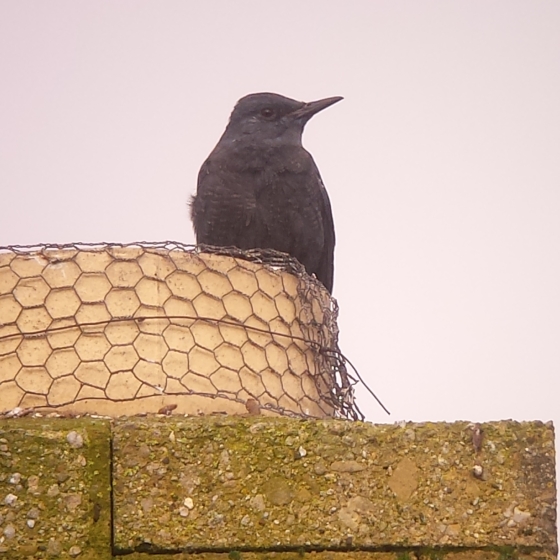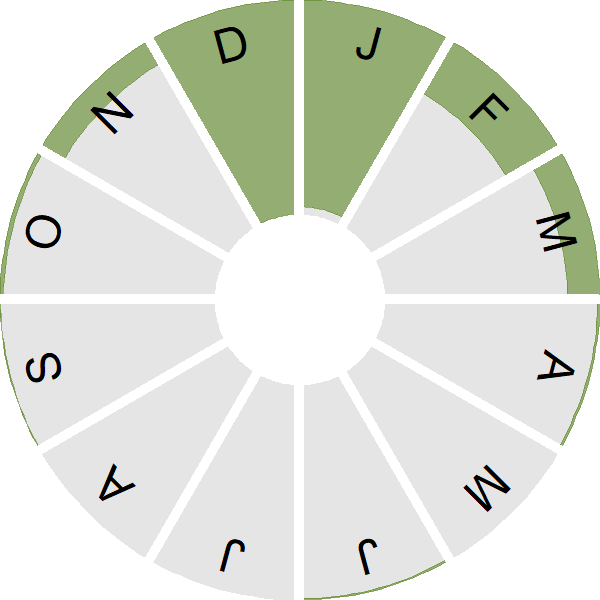Blue Rock Thrush

Introduction
The first of only a handful of accepted records of this species, a corpse found near the Skerryvore lighthouse off Argyll, was initially sent to BTO HQ. It apparently "arrived safely, but had begun to decay" and is now in the Natural History Museum collection at Tring.
Blue Rock Thrush breeds from Iberia and north-west Africa east to China and Japan, favouring cliffs and rocky outcrops in mountainous regions.
While eastern populations tend to be more migratory in habits, those from the western end of the range are mainly resident or make seasonal altitudinal movements.

Key Stats
Status and Trends
Conservation Status
Population Size
Population Change
Population trends of this scarce species are not routinely monitored.
Distribution
This vagrant is too rarely reported to map distribution.
European Distribution Map
Distribution Change
This vagrant is too rarely reported to map distribution change.
Seasonality
Blue Rock Thrush is a very rare vagrant, most often encountered in late autumn. Records shown here include an unusual wintering individual.
Weekly pattern of occurrence
The graph shows when the species is present in the UK, with taller bars indicating a higher likelihood of encountering the species in appropriate regions and habitats.

Movement
Britain & Ireland movement
Biology
Survival and Longevity
Survival is shown as the proportion of birds surviving from one year to the next and is derived from bird ringing data. It can also be used to estimate how long birds typically live.
Classification, names and codes
Classification and Codes
- Order: Passeriformes
- Family: Muscicapidae
- Scientific name: Monticola solitarius
- Authority: Linnaeus, 1758
- BTO 5-letter code: BLRTH
- Euring code number: 11660
Alternate species names
- Catalan: merla blava
- Czech: skalník modrý
- Danish: Blådrossel
- Dutch: Blauwe Rotslijster
- Estonian: sini-kivirästas
- Finnish: sinirastas
- French: Monticole bleu
- German: Blaumerle
- Hungarian: kék kövirigó
- Icelandic: Bláþröstungur
- Italian: Passero solitario
- Latvian: zilais akmenstrazds
- Lithuanian: melynasis akmeninis strazdas
- Norwegian: Blåtrost
- Polish: modrak sródziemnomorski
- Portuguese: melro-azul
- Slovak: skaliar modrý
- Slovenian: pušcavec
- Spanish: Roquero solitario
- Swedish: blåtrast
- Welsh: Brych Craig Glas

